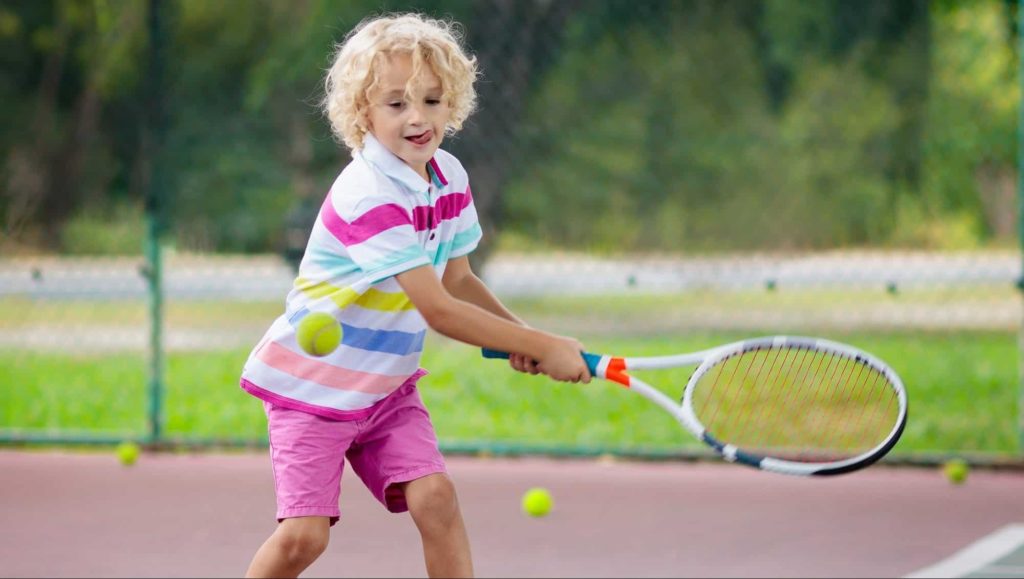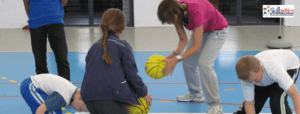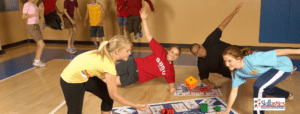Probably every parent will tell their children at some point to “move it or lose it!” Whether dawdling on the way out the door or just reluctant to give up screen time, it’s an excellent way to get kids to react. However, if we break down this idiom, we must ask, “What is lost if we don’t move?”
Given a choice to move or lose it, we’re saying that unless there is instant action, something will not return to you. As parents, we probably mean this as a loss of privilege (or our patience!), but it can also mean something much more straightforward. Unless you move, there is quite a bit to lose.
Losing It
The body requires activity to thrive. Healthy bodies mean we have the power to do the things we need or want to accomplish. Healthy bodies also mean we have sharp minds, powered by the right balance of nutrients and energy from a healthy body. Keeping strength up has everything to do with getting moving.
When the body is in motion, we are working on conditioning all the systems that keep us healthy. From circulatory and digestive systems to musculoskeletal systems, movement conditions our body to be in peak form. These systems of the body are interconnected so that one works best when the others are also in top condition. Total body health means these systems are all working in harmony and maintaining equilibrium so that the body can perform as it needs to.
The more you keep the body moving and building strength, the more the systems improve and function optimally. As the body gets stronger, even more activity can be sustained, furthering the system’s improvements and functions.
However, if you’re not moving, then you lose it, the strength and conditioning that allow the systems to improve and function at their best. The “it” is your health, so it’s vital to keep moving.
Why Children Must Move
It’s hard to change ingrained habits, so it’s best to start early with a positive attitude toward movement. Habits begun in childhood have a better chance to persist into adulthood. When children are taught skills that help them understand their body and relationship to activity, they are much more likely to be active adults. They will have the knowledge and experience to stay healthy once they are adults and responsible for their own choices.
Another genuine reason children engage in activities that move their bodies is that their physical development depends on their ability to strengthen their muscles. From large and small motor skills to the use of core muscles to sit and work in school, activity keeps children healthy. And healthy children are better able to learn. We know that a mind/body connection exists, and there is a link between cognitive ability and healthy bodies for school-age children.
Not much differently than adults’ bodies, children’s systems also work similarly. The more children exercise, the more their bodies’ systems receive optimal conditioning to perform all the work that kids must do. From schoolwork to playtime, kids are active, and as a matter of fact, we often consider childhood to be one of the most active times in our lives.
Climbing trees, jumping into puddles, running races against anyone willing to go for it, and biking with friends far and wide are mostly childhood pursuits. Once adulthood settles in, and work-life responsibilities take over, the ability to be active declines. The more children feel healthy and able to move, the more inclined they will feel about participating in childhood activities that mostly disappear by the time they enter adulthood.
Finally, when children are moving and staying active, they can prevent disease and problems related to weight. Children who are overweight suffer from a variety of ailments like diabetes or limitations brought by obesity. Also, these problems related to weight are vicious cycles because it’s much harder to move and get active when there is excess weight to carry. Many overweight children may avoid activity because it’s harder or feels embarrassed because they may not be able to move very well.
Putting It All Together
If they aren’t moving, then children have much to lose. Healthy children are those who can play and learn to the best of their capacity. It’s essential to ensure that kids have every opportunity to move and be active so that they can perform best, whether at school or playing with friends. The more children can move and learn ways to stay active, the more they can develop healthy bodies and sharper minds.
About the Author
Sandy Slade is the CEO & Founder of Skillastics®, the #1 on-site and virtual physical activity resource for groups of children of all sizes. The on-site programs are designed around Skillatsics Activity Kits. These Activity kits include an innovative technique of play, executed on an oversize mat, where up to 100 children can play at one time.
The virtual programs provide students with an amazing variety of physical activity experiences that consist of 30 days of content lasting 30-40 minutes a day taught by national experts.
Skillastics® is enjoyed by over 10 million students in more than 25,000 Physical Education and After School settings nationwide.
For more information, email info@skillastics.com or check out www.skillastics.com.




